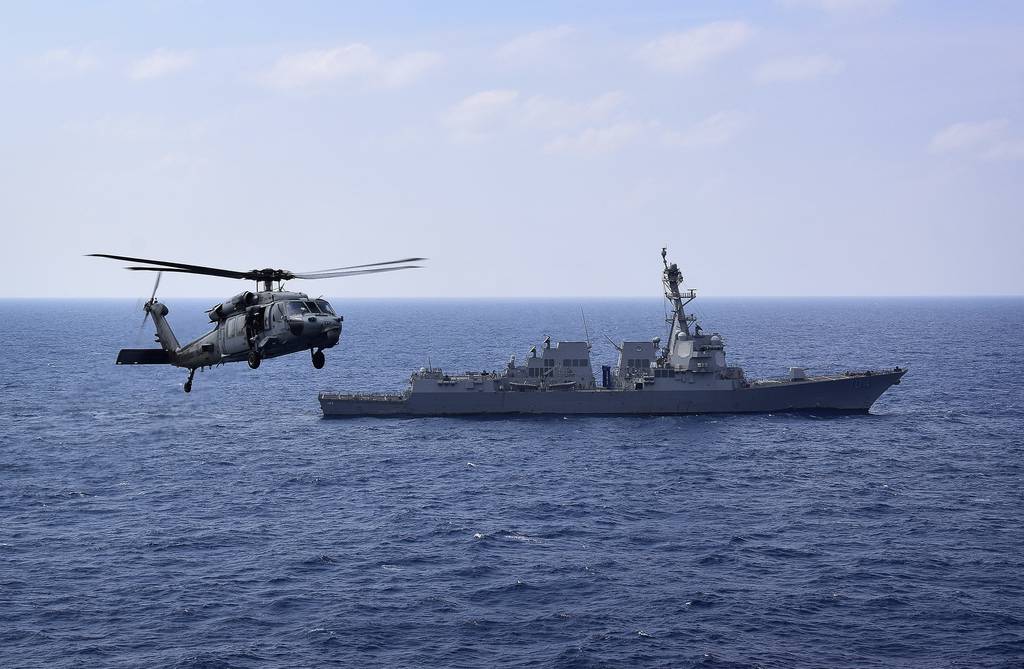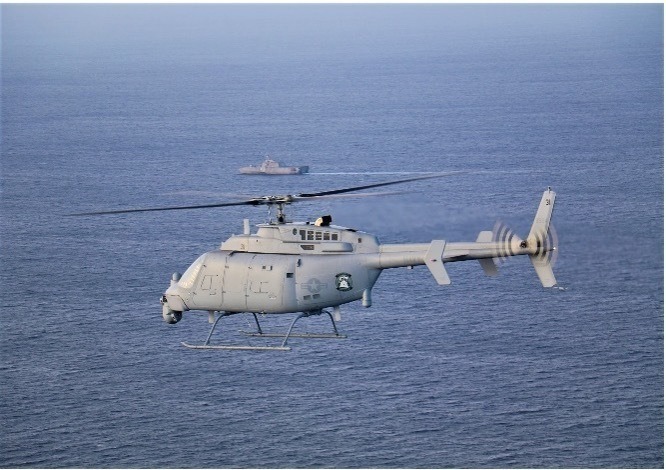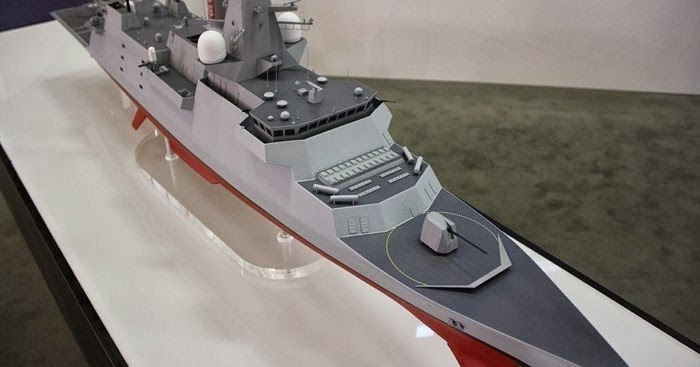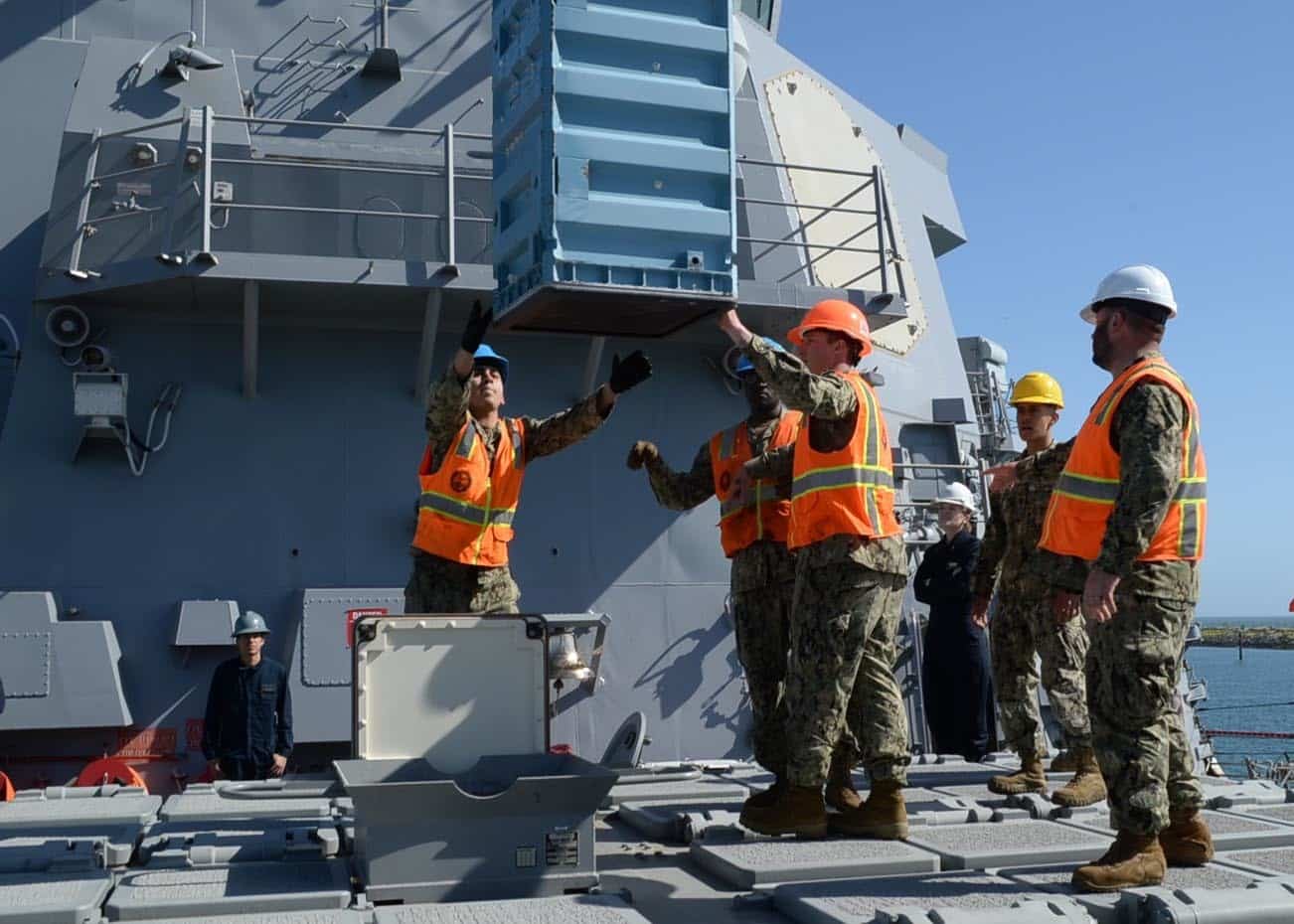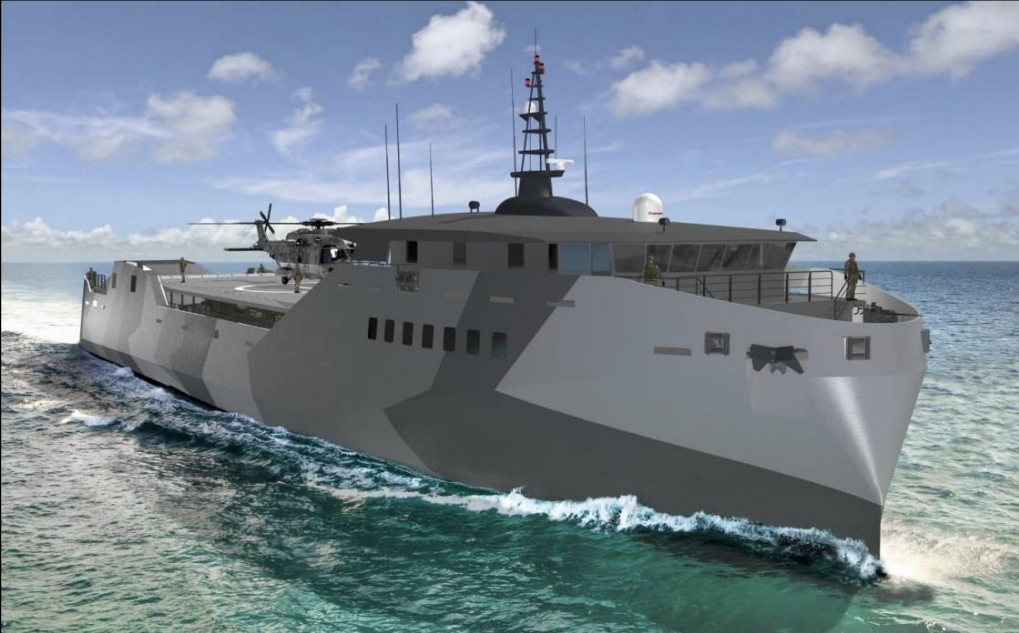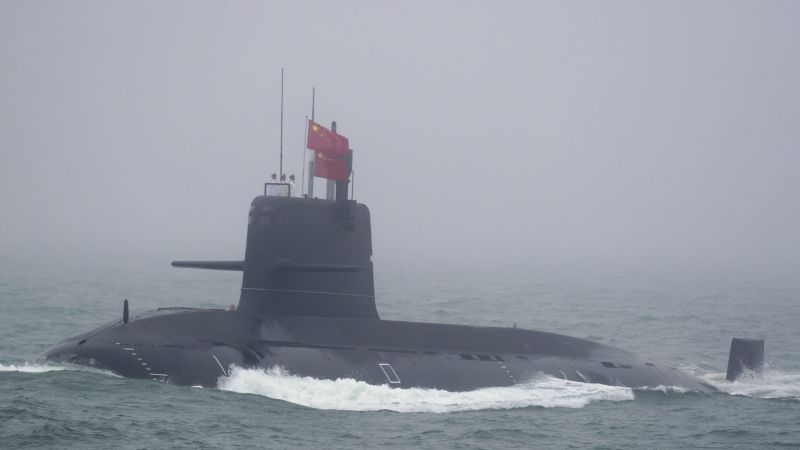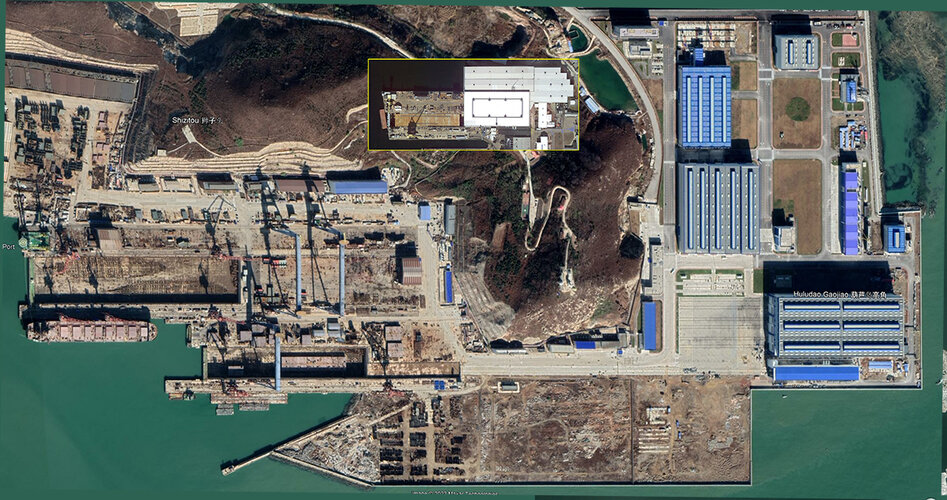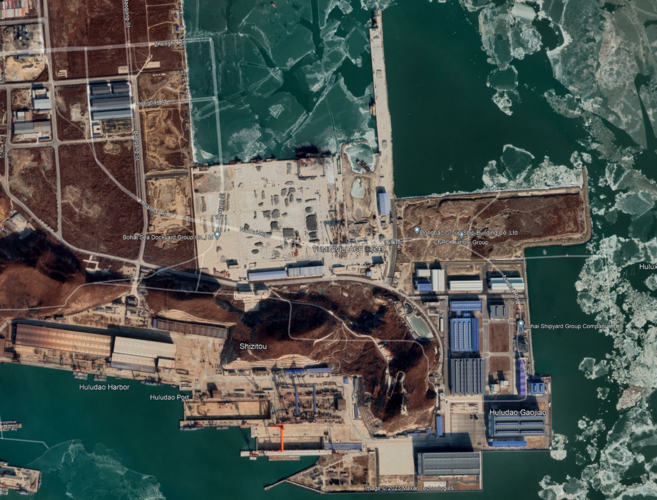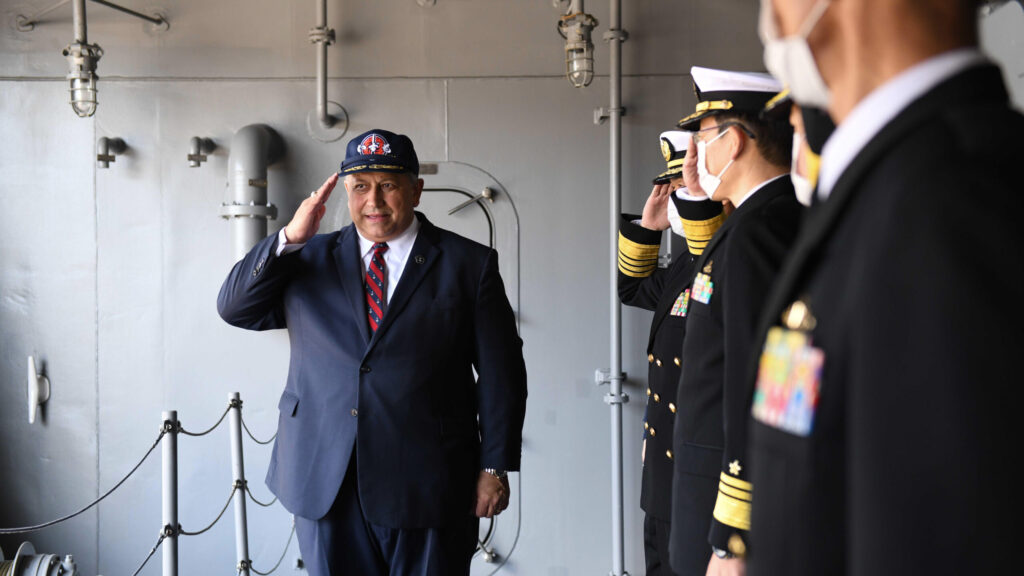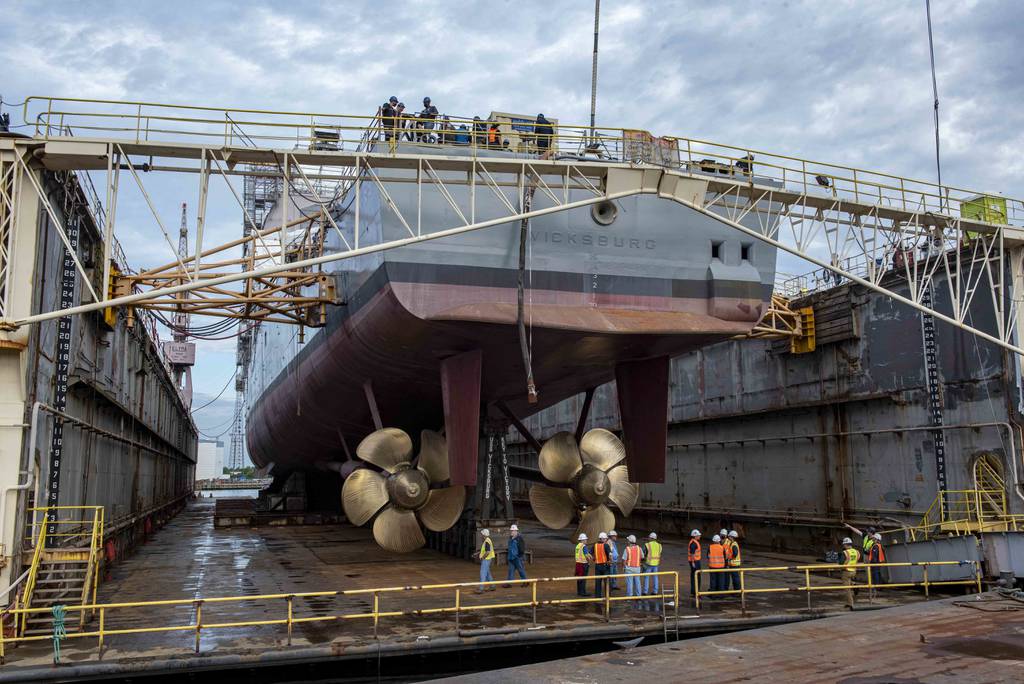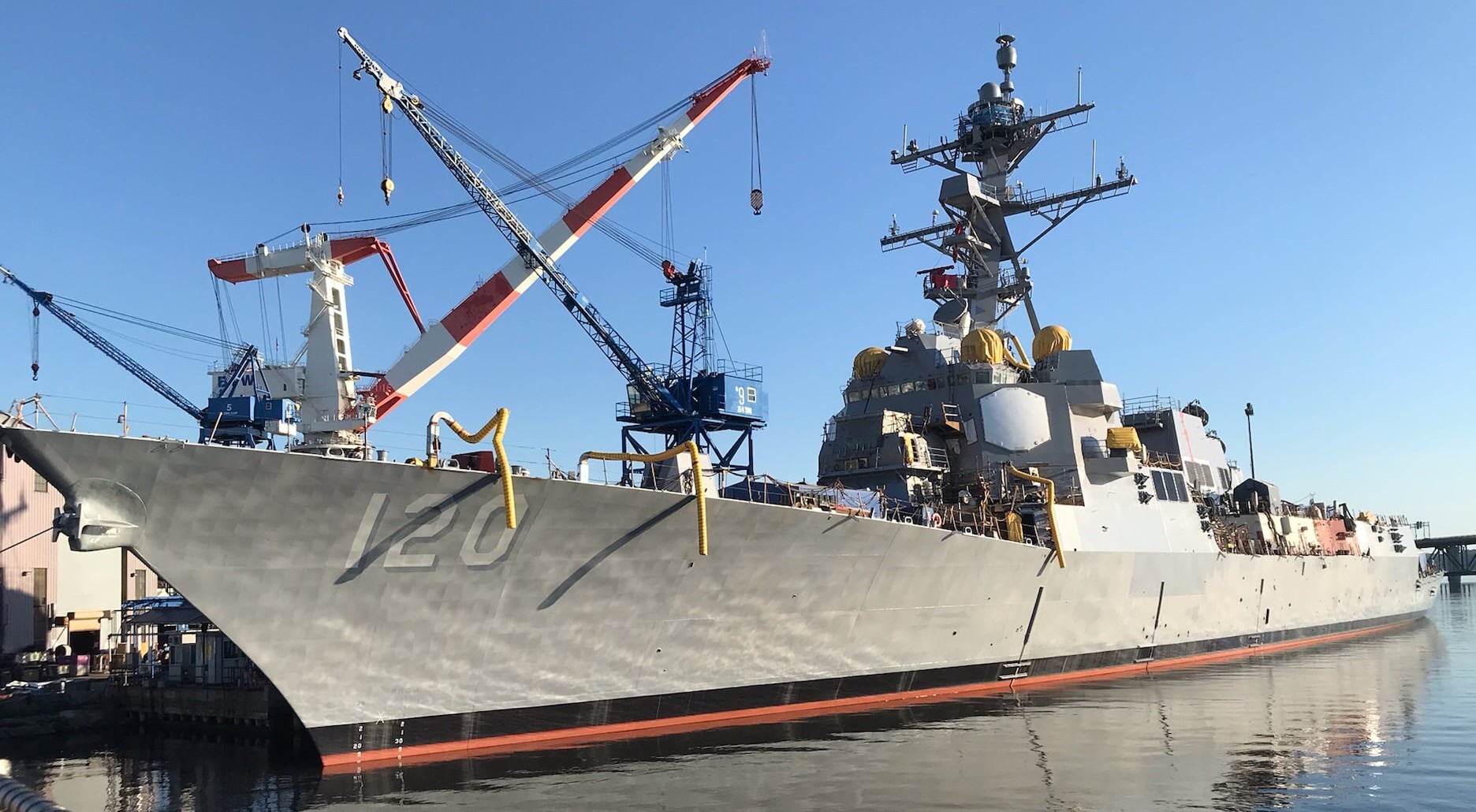What the USN needs is a shit-ton of OPVs like the Mexican Oaxaca-class. Cheap patrol boats that can show the flag and do 80% of what an Arleigh Burke does for 20% the cost. The new FFGs will be nice but they are still too big and expensive. You can then save wear, tear, and maintenance cost on the big ships and save them for the real emergencies.
We have a ton of OPVs (around 30 big ones and another 50+ small ones), they just happen to belong to the US Coast Guard.
Which is the problem since the CG while technically being part of the USN is under DHS control and not DoD. You need USN OPVs to do USN tasks.
While range is a factor the LCS also had the same issue and the FFGs will be coming around for longer-ranged missions.
The thing is, the current USN combatant force is nominally sized for its wartime tasks, with peacetime presence being a useful secondary capability. Now, we do need to do some rebalancing, because we probably do task them too heavily overseas, but I'm not sure that adding a pile of OPVs would help much.
If you added OPVs to the mix for peacetime "presence" missions, that would only add to the total numbers of ships, crew, and budget needed rather than reduce it, since you can't really cut the high end and still have a satisfactory warfighting force when the balloon does go up. And taking combatants out of the forward deployment zones means they are further away from the area of operations when they are needed, which may happen on short notice. (How much warning time do you think we would get for an invasion of Taiwan?) Also, the high-mix combatants need to deploy and operate forward in peacetime because that's their wartime operating locale, and they need the time and exposure out there, not sitting in port in the US.
A ship like the Oaxaca class is fine for Mexico, which operates close to home and faces almost no conventional naval threat, but would be hopelessly vulnerable to the sorts of threats forward-deployed US forces might encounter with little warning. So, at minimum, a USN OPV needs a larger helo pad and an actual hangar (for an MH-60 class helo, since the USN has no smaller types), CIWS or RAM for self-defense, and quite preferably some sort of 3-D radar and a small VLS for local area air defense weapons. Absent that capability, this "presence ship" runs a real risk of getting sniped by the same sort of low-cost loitering munitions Iran is using on oil tankers around the Gulf of Oman (other countries and even non-state actors are surely taking note).
A USN OPV also needs more endurance than the 30 days the Oaxaca class is designed for, since it will need to be at sea for at least 30 days just to get to its forward operating areas from the US and return. (Or it needs to UNREP, which means you need to add "presence tankers" to the force mix as well.) With these additions, one is rapidly approaching the level of capability and cost of a proper frigate, at which point why not go the rest of the way to FFG-62?



